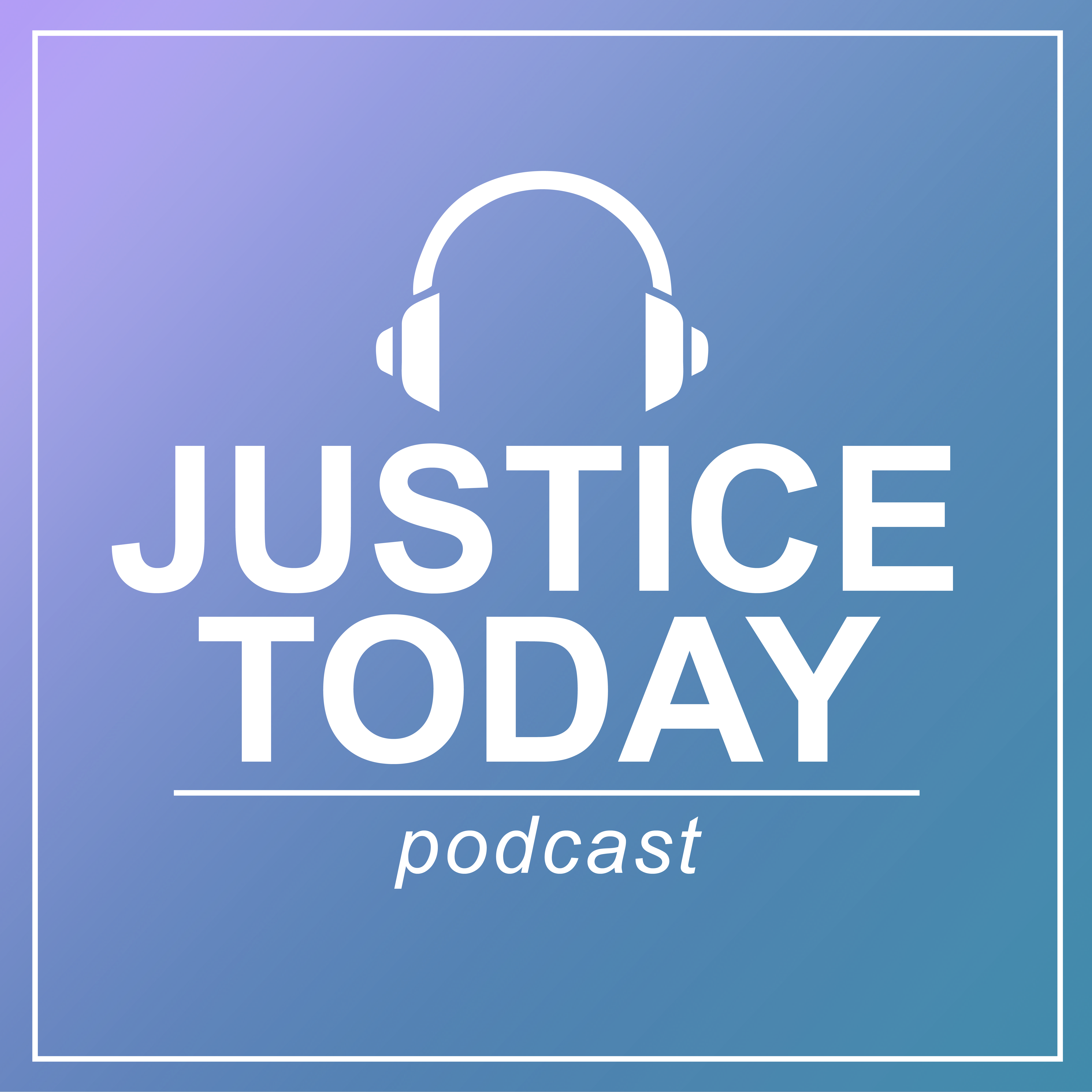Crime
Remarks by the Honorable James K. Stewart to the Third Annual Symposium on Criminal Justice Issues at the University of Illinois on August 24, 1988
Forensic sciences and the Philippines’ war on drugs
Using Sentiment Analysis and Topic Modeling in Assessing the Impact of Police Signaling on Investigative and Prosecutorial Outcomes in Sexual Assault Reports
The Intersection of Methamphetamine and Violence in the United States: A County-level Assessment of Methamphetamine Overdose Mortality and Violent Crime
Driving Down Gun Violence, Part 1
Three LEADS Scholars serving in different law enforcement agencies and positions discuss their experiences with identifying and implementing evidence-based interventions to reduce gun violence. NIJ Senior Advisor Dr. Tamara Herold hosts this conversation with guests Police Chief Cecilia Ashe (Milford Delaware Police Department), Chief of Staff Lieutenant Matthew Barter (Manchester, NH Police Department), and Analytical Services Manager Mr. Jason Schiess (Durham, NC Police Department).
Native Missing Persons Cases Will Not be Solved by Police Alone The Case for Missing Persons Advocates
Overview of Crime Travel Demand Modeling (CrimeStat IV: A Spatial Statistics Program for the Analysis of Crime Incident Locations, Version 4.0)
Data Preparation for Crime Travel Demand Modeling (CrimeStat IV: A Spatial Statistics Program for the Analysis of Crime Incident Locations, Version 4.0)
Crime Trip Generation Modeling (CrimeStat IV: A Spatial Statistics Program for the Analysis of Crime Incident Locations, Version 4.0)
Just Science Podcast: Just DNA Searches in CODIS
Just Science Podcast: Just Improved Response to Sexual Assault
Firearm acquisition patterns and characteristics of California mass and active shooters
A Transdisciplinary Approach for Generating Synthetic but Realistic Domestic Sex Trafficking Networks
Just Science Podcast: Just DNA Evidence in Sexual Assault Cases
“Flexibility and Consistency”: Qualitative Insights on Valuable Skills for Providers Working with Survivors of Child Sex Trafficking
Low Prosecution Rates in Sexual Assault Cases: Can We Make Sustainable Improvements?
Touch DNA Evidence Collection in Sexual Assault Cases: Knowledge to Inform Practice
High-throughput quantitative binding analysis of DNA aptamers using exonucleases
Crime forecasting using data mining techniques
Quantifying the relationship between large public events and escort advertising behavior
Active search of connections for case building and combating human trafficking
Do public events affect sex trafficking activity?
Leveraging publicly available data to discern patterns of human-trafficking activity
Exploring the Link Between Dating Apps and Sexual Assault: Novel Research Findings




